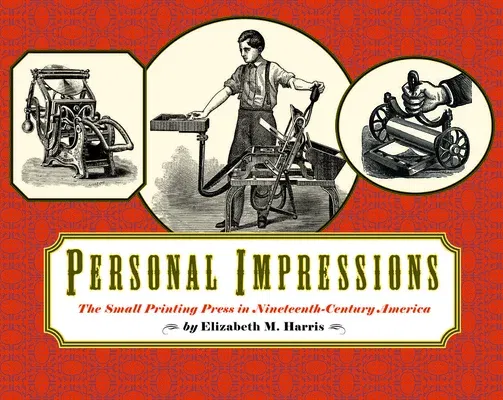Elizabeth Harris
(Author)Personal Impressions: The Small Printing Press in Nineteenth-Century AmericaHardcover, 8 July 2005

Temporarily out of stock
Free Delivery
Cash on Delivery
15 Days
Free Returns
Secure Checkout

Print Length
200 pages
Language
English
Publisher
David R. Godine Publisher
Date Published
8 Jul 2005
ISBN-10
1567922686
ISBN-13
9781567922684
Description
Product Details
Author:
Book Format:
Hardcover
Country of Origin:
CN
Date Published:
8 July 2005
Dimensions:
28.19 x
21.84 x
2.54 cm
Genre:
19th Century
ISBN-10:
1567922686
ISBN-13:
9781567922684
Language:
English
Location:
Boston
Pages:
200
Publisher:
Weight:
884.5 gm